Best Times for Tree Trimming
Tree trimmings are an essential part of maintaining healthy and attractive trees. Proper timing ensures optimal growth, disease prevention, and aesthetic appeal. Understanding when to trim can prevent damage and promote vigorous development.
Best for shaping young trees and removing dead or damaged branches early in the growing season.
Ideal for thinning dense canopies and controlling growth during peak season.
Suitable for removing fallen or diseased branches after the growing season ends.
Optimal for structural pruning when trees are dormant, reducing stress and preventing pests.
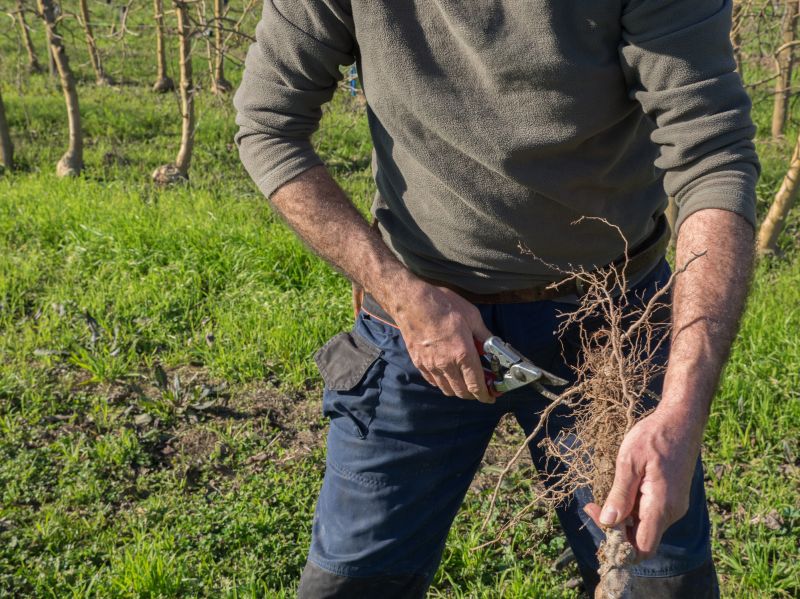
Pruning during early spring supports healthy growth and flowering.
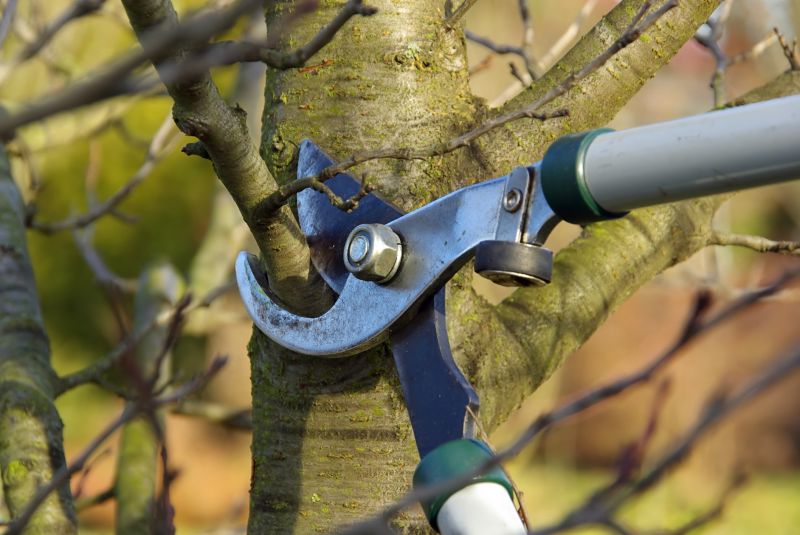
Maintains tree shape and health during the warmer months.
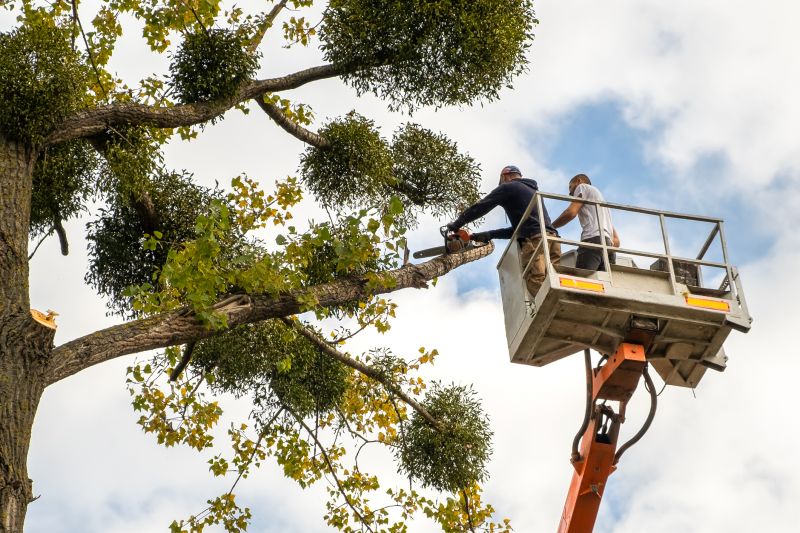
Prepares trees for winter by removing weak or diseased branches.
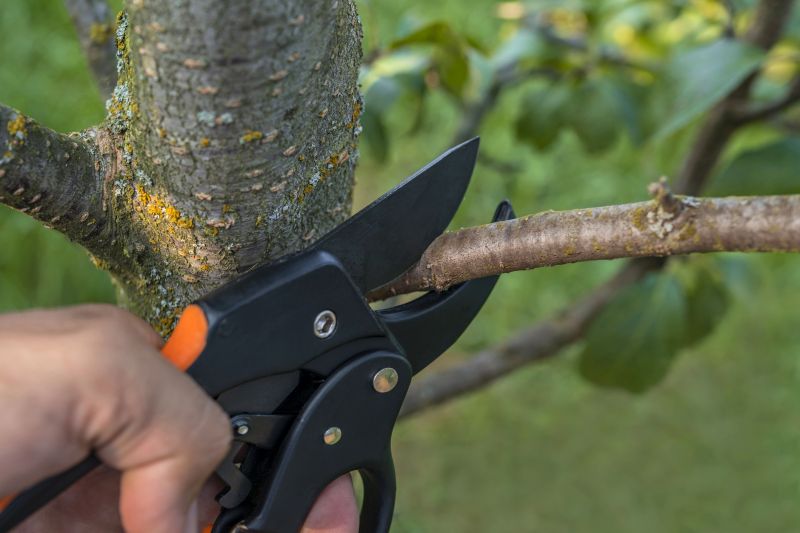
Dormant season pruning promotes strong structural development.

Ways to make Tree Trimmings work in tight or awkward layouts.
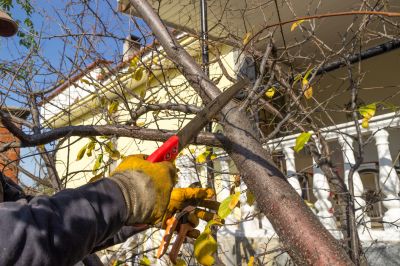
Popular materials for Tree Trimmings and why they hold up over time.
| Season | Best Practices |
|---|---|
| Spring | Prune early to support new growth and flowering. |
| Summer | Thin out dense areas and remove overgrowth. |
| Fall | Clear dead or diseased branches to prevent pests. |
| Winter | Perform structural pruning while trees are dormant. |
Tree trimmings play a vital role in maintaining tree health and appearance. Regular pruning removes dead, diseased, or damaged branches, reducing the risk of falling limbs and improving airflow. Proper timing enhances growth cycles and can extend the lifespan of the trees. According to arboriculture studies, pruning during dormancy minimizes stress and encourages vigorous regrowth. In North Carolina, seasonal trimming aligns with local climate patterns, ensuring trees develop strong structures suited for the environment.

